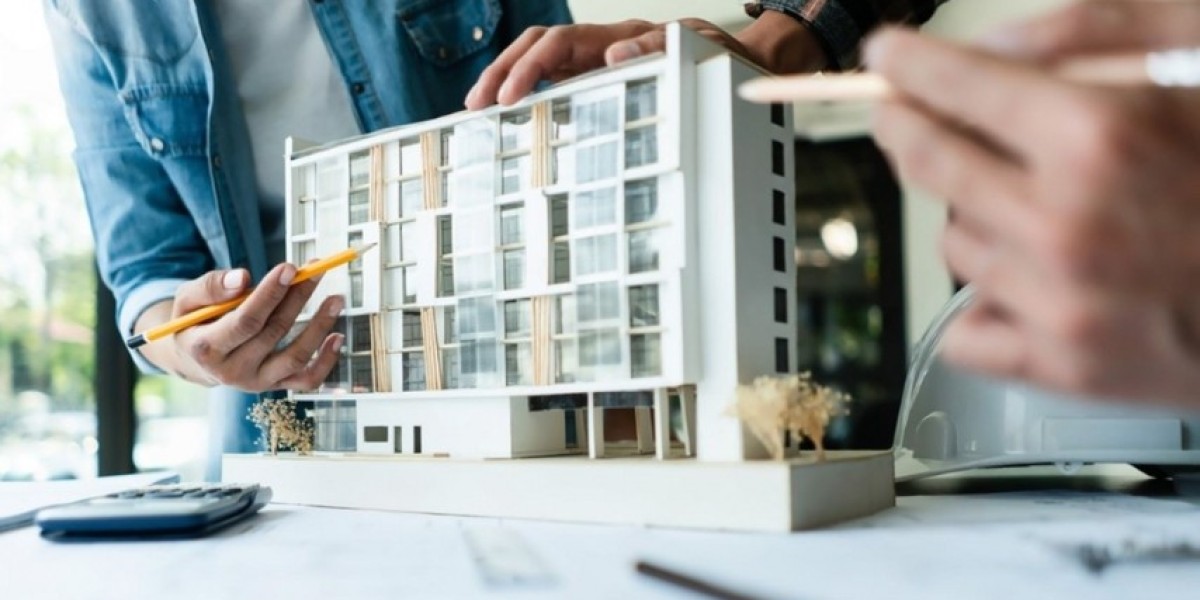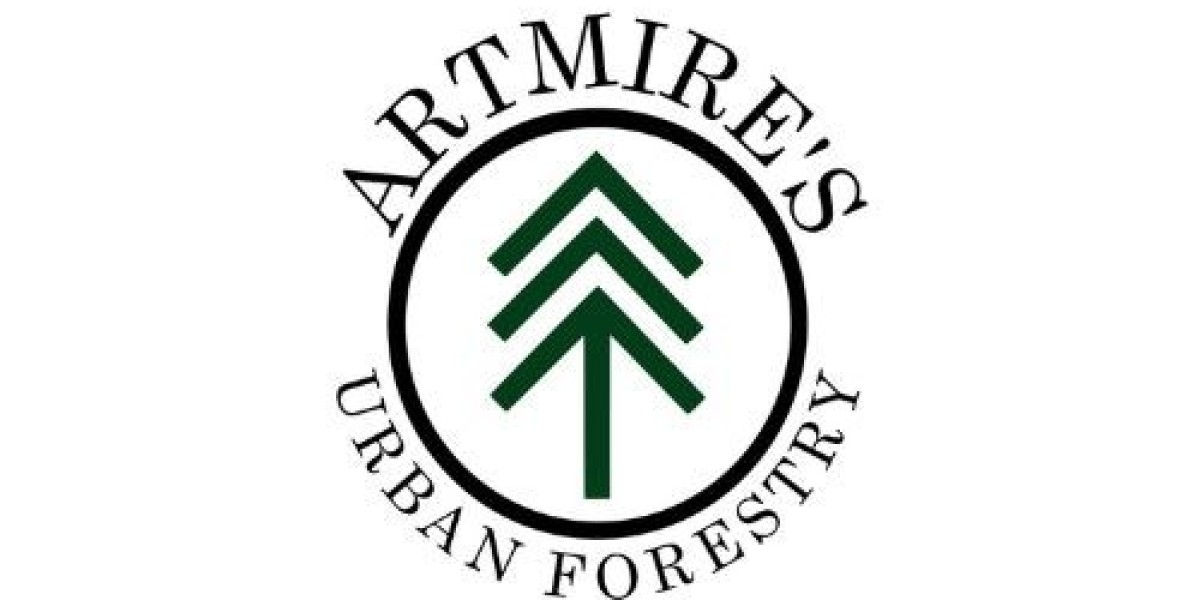Dubai is a global leader in exhibitions, hosting world-class events such as Cityscape Dubai, Dubai Airshow, and GITEX. As competition in these exhibitions grows, businesses increasingly rely on model making to present their ideas, products, and architectural designs in the most visually engaging way.
Traditional model making has evolved significantly, thanks to digital technologies that enhance precision, efficiency, interactivity, and sustainability. From 3D printing and laser cutting to augmented reality (AR) and artificial intelligence (AI), digital advancements are transforming how scale models, prototypes, and architectural presentations are created and displayed.
1. Enhancing Precision and Accuracy with 3D Printing
One of the most transformative technologies in model making Dubai is 3D printing. It allows designers to create highly accurate and intricate models with a level of detail that traditional handcrafting methods cannot achieve.
How 3D Printing Improves Model Making:
- Complex Geometries: It enables the creation of detailed structures, including curved surfaces and intricate lattice designs.
- Rapid Prototyping: Designers can quickly print and modify models, reducing lead times.
- Material Versatility: 3D printing supports a range of materials, including resins, plastics, and composites, enhancing model realism.
In Dubai, real estate developers, yacht manufacturers, and aerospace companies use 3D-printed models at exhibitions to showcase future projects with extreme precision.
2. Increasing Speed and Efficiency with CNC Machining and Laser Cutting
Traditional model making requires extensive manual labor, but CNC (Computer Numerical Control) machining and laser cutting have revolutionized this process by automating precise cutting, engraving, and carving.
Advantages of CNC Machining and Laser Cutting:
- Faster Production: Machines cut materials 10x faster than traditional handcrafting.
- High Precision: Laser cutting allows for micrometer-level accuracy, essential for architectural and mechanical models.
- Material Flexibility: These techniques can process wood, acrylic, metal, and foam, offering diverse model-making options.
Dubai’s urban planners, exhibition designers, and automotive firms use these technologies to create complex urban landscapes, futuristic vehicles, and intricate interior details.
3. Creating Interactive Experiences with Augmented Reality (AR) and Virtual Reality (VR)
Modern exhibitions demand interactive engagement, and AR and VR technologies have become game-changers in model making.
How AR & VR Enhance Exhibition Models:
- Virtual Walkthroughs: AR apps allow users to explore a 3D virtual model of a building or yacht using smartphones.
- Real-Time Customization: Visitors can modify colors, layouts, and designs on digital models.
- Immersive Experiences: VR headsets provide a 360-degree experience, transporting users into a virtual representation of the project.
For example, at Dubai Expo 2020, AR and VR were used to bring architectural models to life, offering visitors a realistic sense of scale and function.
4. Improving Realism with AI-Driven Rendering and Digital Texturing
Artificial intelligence (AI) is transforming digital model rendering and texturing, making exhibition models look even more lifelike.
How AI Enhances Model Realism:
- Automated Texture Mapping: AI applies realistic textures (e.g., wood grain, metal finishes) to models.
- Lighting Simulations: AI-driven lighting effects simulate day/night transitions and environmental changes.
- Predictive Design Enhancements: AI helps optimize models by analyzing aesthetics, stability, and efficiency.
Dubai’s luxury real estate and aerospace sectors use AI-enhanced models to showcase high-fidelity interior and exterior finishes at exhibitions.
5. Reducing Costs and Waste Through Digital Twin Technology
Dubai has a strong focus on sustainability, and digital twin technology helps companies reduce material waste while improving model quality.
Benefits of Digital Twin Technology:
- Virtual Prototyping: Digital models allow for testing and refinement before physical production.
- Lower Material Costs: Reducing trial-and-error waste lowers costs.
- Smart Analytics: Digital twins collect data for performance analysis and real-time updates.
This technology is widely used in urban planning, infrastructure projects, and aerospace engineering to create eco-friendly, data-driven models.
6. Enabling Smart Lighting and Motion Integration
Modern exhibition models often integrate smart lighting and mechanical motion to enhance presentations.
How Digital Lighting and Motion Improve Models:
- LED Lighting Effects: Highlight specific areas of a model, such as different floors in a building.
- Motorized Features: Some models include moving elevators, rotating displays, or retractable sections.
- Automated Storytelling: Sensors trigger lighting sequences and sound effects for an immersive experience.
For instance, Dubai’s hospitality and tourism sectors use these technologies to create animated resort models, showcasing hotel amenities in action.
7. Enhancing Scalability with AI-Generated Parametric Design
Dubai is known for massive infrastructure and urban development projects, and AI-generated parametric design helps designers scale their models efficiently.
Benefits of AI-Generated Parametric Design:
- Automates repetitive design elements, reducing manual work.
- Creates adaptable models that can be modified dynamically.
- Improves large-scale urban planning models with real-time data integration.
Dubai’s smart city initiatives use parametric model making to design and present future infrastructure projects with precision.
8. Supporting Remote Collaboration with Cloud-Based Model Sharing
With businesses working globally, cloud-based collaboration tools allow teams to work on 3D models remotely.
Advantages of Cloud-Based Model Sharing:
- Teams in different locations can access and edit models simultaneously.
- Clients can review and approve designs without in-person meetings.
- Reduces the need for physical model shipments, cutting costs.
Dubai’s real estate developers, architects, and exhibition planners leverage cloud-based platforms like Autodesk BIM 360 and Rhino 3D to collaborate efficiently.
Conclusion
Dubai’s exhibition industry is constantly evolving, and digital technologies have revolutionized model making, making it faster, more precise, interactive, and cost-effective. From 3D printing and AI-driven rendering to AR/VR experiences and digital twins, businesses can now create highly detailed, immersive, and futuristic models for their exhibitions.
By embracing automation, smart materials, and interactive digital elements, companies in real estate, aerospace, maritime, automotive, and urban planning can showcase their visions with unmatched clarity at Dubai’s top exhibitions.









